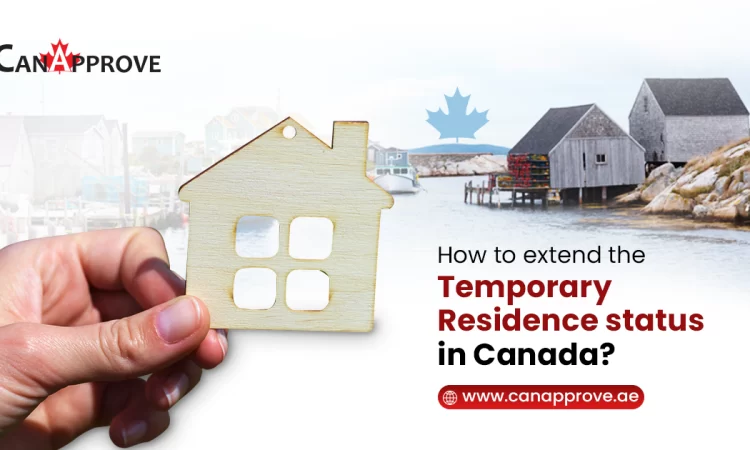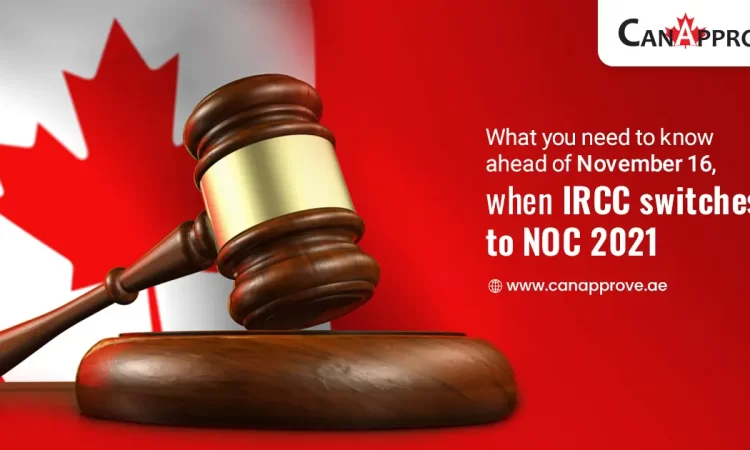Express Entry programs like the Federal Skilled Worker Program (FSWP), Canada Experience Class (CEC), and the Federal Skilled Trades Program (FSTP) make up the largest source of immigration of skilled workers in Canada.

Both programs present opportunities for direct and indirect means of qualifying for Canada PR respectively, through a point-based nomination grid called the Comprehensive Ranking System (CRS).
While applicants’ age determines their position in the Express Entry CRS score grid, the points progressively decline from 100 points for those aged 30 and reach 0 points for those aged 45 and older.
This blog is designed in such a way for you to maximize your Express Entry CRS score if you’re aged 30 or above.
How To Maximize Qualifying Chances For Canada PR Under Express Entry For Those Aged Above 30
|
Use our CRS calculator to determine your chances of qualifying for Canada PR under Express Entry.
What is the Comprehensive Ranking System under Express Entry?
Canada has its unique Comprehensive Ranking System for evaluating the federal Express Entry candidates for immigration under federal immigration programs – FSWP, CEC, FSTP – as well as Express entry linked provincial nominee programs.
Eligible candidates may submit a profile into the Express Entry pool and they are awarded points based on factors including age, education, skilled work experience, and proficiency in English or French.
The highest-ranked candidates are regularly issued Invitations to Apply (ITAs) for Canadian permanent residence (PR) through regular draws from the Express Entry pool.
How to Maximize Express Entry CRS Scores for Those Aged 30 or Above?
If you are 30 years old or above, the maximum Comprehensive Ranking System points for the age category will progressively decrease – every year (95 points for an applicant aged 30, 90 points for a 31-year-old applicant, and so forth until it reaches 0 points for those aged 45 and above).
Typically, every Express Entry draw determines a unique qualifying score that hovers around 500 points. Here are some alternative strategies to pushing your Express Entry CRS score above the threshold score for Canada PR.
Strategy I – Applying through Provincial Nominee Programs
Candidates in the Express Entry pool can be picked up by provincial streams depending on the local labor demand. Those who receive a notification of interest from a province can apply for nomination to immigrate to a specific province.
If they are successful in their provincial nomination, 600 CRS points get added to their Express Entry profile, which pushes the score beyond the usual threshold and thus guarantees an invitation to apply for permanent residency from Immigration Refugees and Citizenship Canada (IRCC).
For instance, PNP-specific draws conducted during the month of June targeted 932 candidates with provincial nominees and received invitations to apply for Canada PR. The automatic addition of 600 points to their base human capital score meant candidates effectively required only 196 Express Entry CRS points to qualify.
Strategy II – Applying under Express Entry with a job offer
Express Entry system is popular among foreign skilled workers as it allows a direct pathway for Canada PR. The applicants need not have prior job offers and may qualify based on work experience, education, and language proficiency alone.
If you’re someone aged 30 or above and willing to enter the Express Entry pool may do so while holding a valid job offer in Canada. Make sure to have a job offer that specifies in writing the details of all job requirements, including pay, duties, and employment conditions.
You may gain an additional 50 or 200 additional CRS points depending on the position and compensate for points lost under the age category.
Strategy III – Making your spouse/partner a principal applicant
As an industry expert for close to two decades in immigration consultancy services, we have closely observed the growth of the Canada Express Entry system since its launch in 2015.
Based on our client interaction experience, applicants aged above 30 may find that their spouse has a better Express Entry CRS score.
We recommend swapping the principal applicant and the dependent spouse or common-law partner to increase your chances of obtaining Canada PR.
Strategy IV – Strengthening other Express Entry CRS criteria
If you are losing points under the age category, try maximizing your Comprehensive Ranking System score under other core categories like work experience, education attainment, and language proficiency.
To improve your CRS score under the education attainment category, we advise you to earn additional credentials such as another degree or obtain an Educational Credential Assessment (ECA) for an existing degree. Our experience shows you can increase Express Entry CRS scores by upto 250 points.
English or French proficiency can be combined with other factors like education attainment to maximize your CRS score. For instance,
- An applicant with a post-secondary program credential AND English or French Canadian Language Benchmark (CLB) 7 in Listening, Speaking, Reading, and Writing (among which one at CLB 9) can earn 13 CRS points, OR
- An applicant with two or more post-secondary program credentials (one at least 3 years long) AND CLB 9 in English or French can earn 50 CRS points
Sometimes articulating your work experience better in your immigration application may help get recognized better and improve Express Entry CRS scores.
While getting assessed under the Comprehensive Ranking Score is the easiest way to qualify for Canada PR, you are free to pursue other Canadian permanent residence pathways at the same time.
Visit a certified immigration consultant to determine your eligibility and choose the most suitable immigration program based on your education and work profile.
Book your appointment with CanApprove today!












